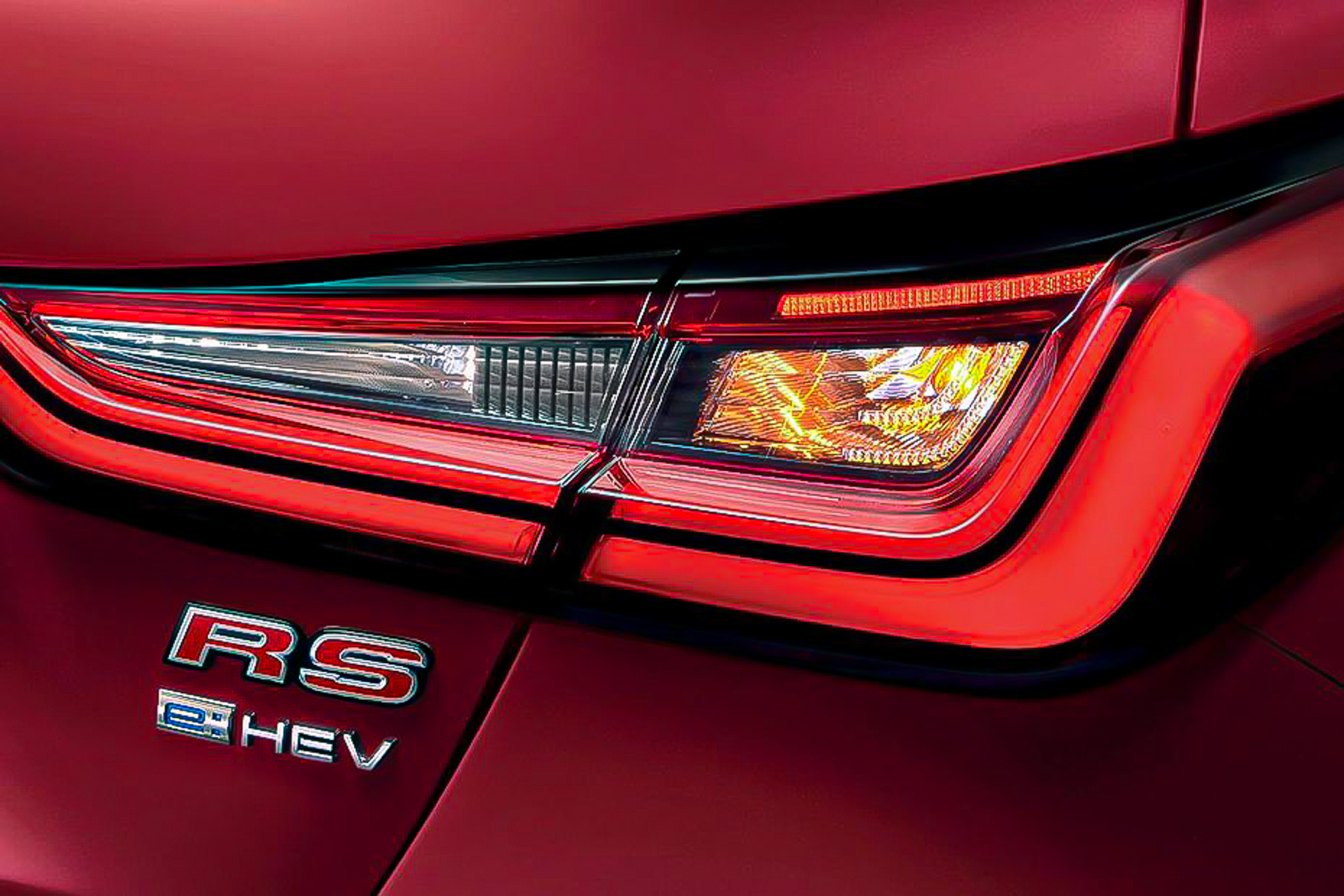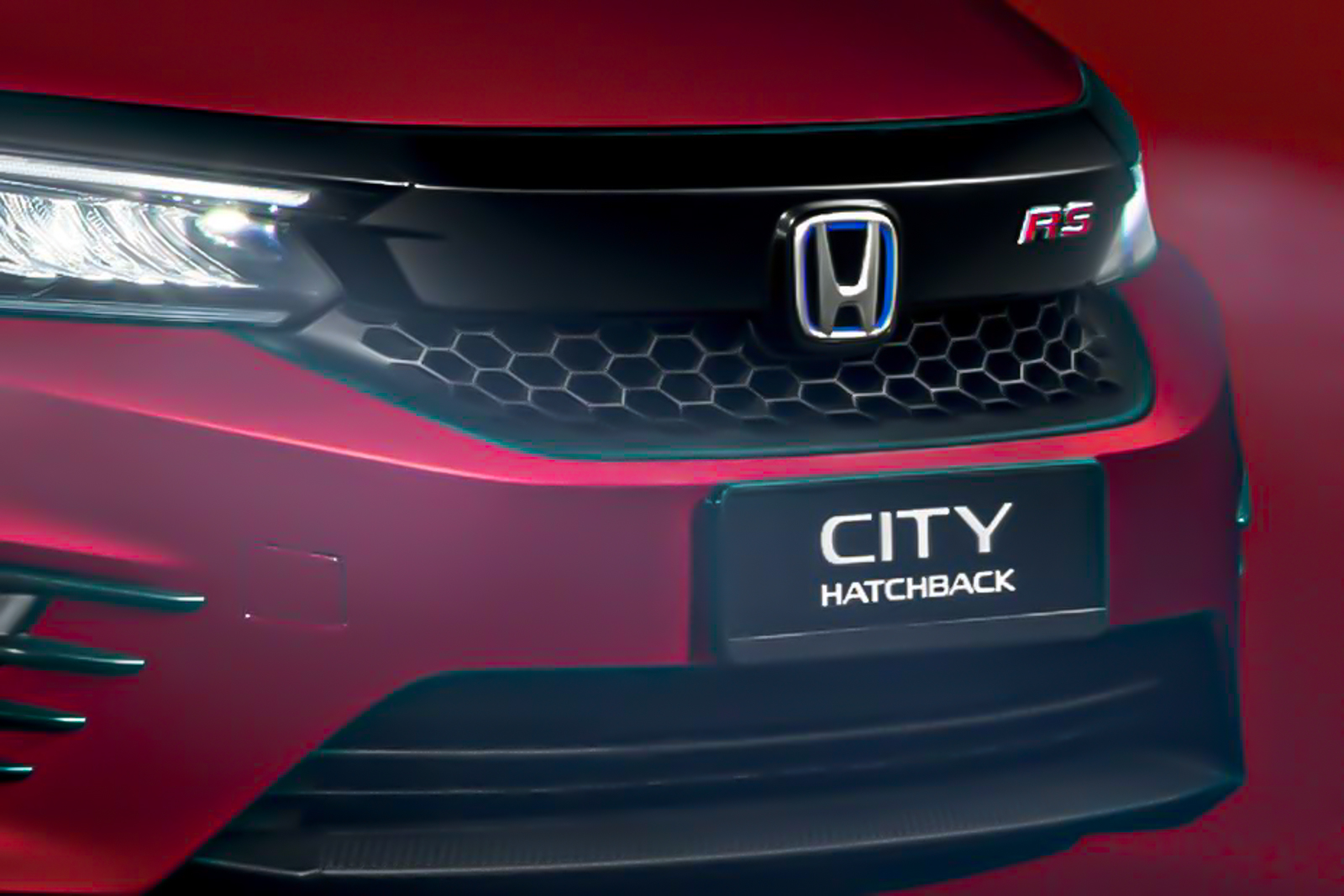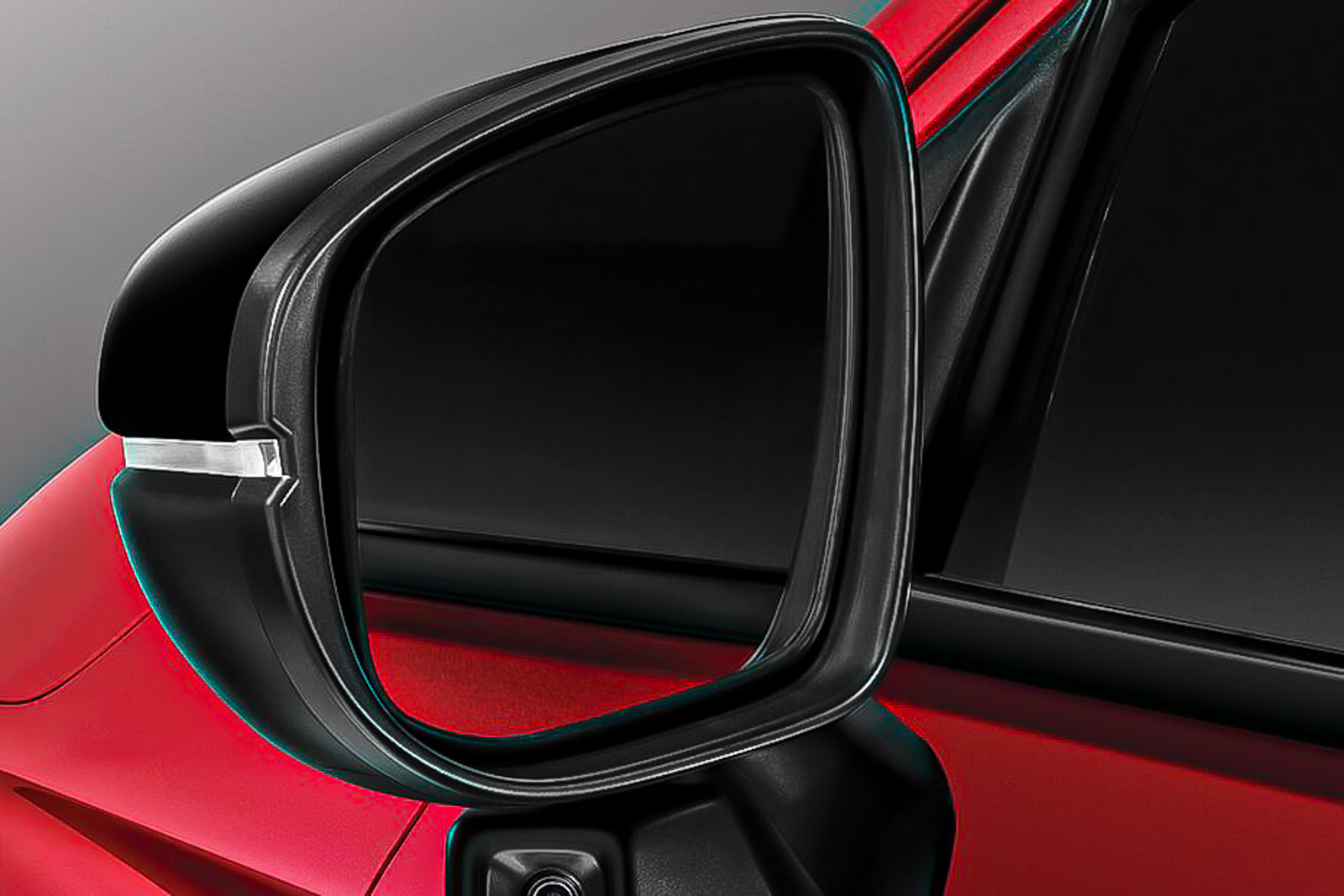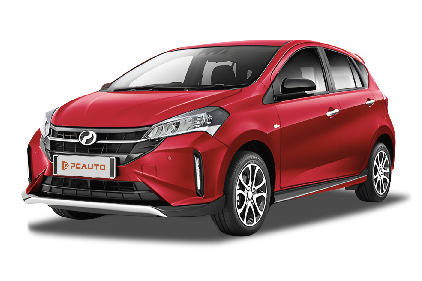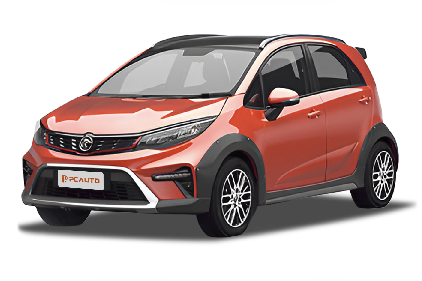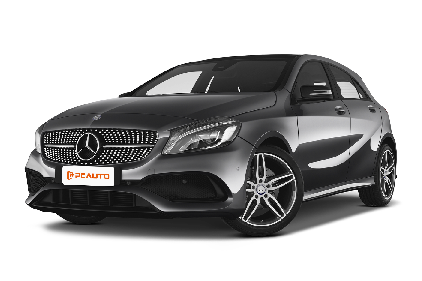Q
How much is a Honda 2021 worth?
The current value of a 2021 Honda depends on factors like the specific model, mileage, condition, and equipment. Take popular models like the City or CR-V – used prices typically range from RM60,000 to RM140,000. Low-mileage, well-maintained high-spec versions will be closer to the upper end. For an accurate valuation, check recent transaction records on local used car platforms or use professional valuation tools by inputting detailed vehicle info for a report. It's worth noting that Hondas hold their value well in the used market, especially hybrid versions, thanks to their reliable powertrains and low maintenance costs. Also, when buying a used Honda, focus on checking the CVT transmission condition and engine service records, and see if the original factory warranty is still valid – these factors significantly impact residual value. For owners considering upgrading, doing a full service and keeping the receipts before selling can help boost the transaction price.
Q
How much is a Honda City hatchback in 2021?
When the 2021 Honda City Hatchback launched locally, it came in two variants: the 1.5L S and 1.5L V, with starting prices of approximately RM75,000 and RM82,000 respectively. Exact pricing could vary depending on optional accessories or promotional offers. Powering this model is a 1.5-liter i-VTEC engine paired with a CVT transmission, focusing on fuel efficiency and practical space. Its hatchback design makes it more suitable for urban driving and cargo needs compared to the traditional sedan version. Key competitors in its class include the Toyota Yaris and Nissan Almera, but the City Hatchback stands out with Honda's Honda Sensing safety suite and the flexible Magic Seat design for the rear row. It's worth noting that used car market prices are influenced by vehicle condition, mileage, and remaining warranty period. Before purchasing, it's advisable to get the latest quotes through official channels and compare after-sales packages from different dealers, such as the number of free maintenance services or extended warranty coverage—these add-ons can impact the overall cost of ownership.
Q
What is the top speed of Honda City hatchback 2023?
The 2023 Honda City Hatchback can hit a top speed of 180 km/h in the Malaysian market, and that's all down to its 1.5-liter i-VTEC naturally aspirated engine. It pushes out 121 horsepower and 145 Nm of torque, and when paired with the CVT gearbox's smooth tuning, it delivers steady highway performance without sacrificing fuel efficiency.
Now, it's worth keeping in mind that top speed can vary depending on road conditions, how much weight you're carrying, and the weather. So, always stick to Malaysia's legal speed limits to stay safe out there. If you're craving more punch, you might want to check out turbocharged rivals in the same class, like the Toyota Yaris or Nissan Almera – they could give you that extra zip. But where the City Hatchback shines is in Honda's classic handling setup and low maintenance costs. It's the sweet spot for balancing city commuting and longer drives. Oh, and don't forget: regular servicing and using the right viscosity oil will help keep your ride performing at its best.
Q
How much is the Honda hatchback 2023?
In Malaysia, Honda's main hatchback offerings for 2023 are the Honda Jazz and Honda City Hatchback. Prices vary depending on the trim and specs you go for – the Jazz typically starts around RM 75,000 and goes up to about RM 85,000, while the City Hatchback sits slightly higher, ranging from roughly RM 78,000 to RM 88,000. Keep in mind these numbers can shift a bit with promotions or if you add on extra options.
Under the hood, both hatchbacks pack a 1.5-liter i-VTEC engine, delivering a smooth drive and pretty solid fuel efficiency – perfect for zipping around the city. The Jazz is all about that clever, flexible interior space and everyday practicality, while the City Hatchback steps up the tech game, most notably with the inclusion of Honda Sensing safety features.
If you're in the market, I’d definitely recommend heading to an authorized Honda dealer for a test drive and to check out the latest deals. It’s also smart to cross-shop with rivals like the Toyota Yaris or Mazda 2 to make sure you’re getting the best fit for your needs.
Q
What are the common problems in 2023 Civic Hatchbacks?
The 2023 Honda Civic Hatchback has proven to be a solid all-rounder in the Malaysian market, though some owners have pointed out a few common niggles. For instance, certain models might exhibit a slight jerk from the CVT gearbox at low speeds – this is usually tied to transmission tuning or driving habits, so keeping up with regular maintenance and checking the gearbox fluid condition is a good idea. Then there's the infotainment touchscreen, which a small number of owners say can get a bit laggy in hot weather. That's pretty typical for electronics dealing with our tropical heat; cranking up the aircon to keep things cool or updating the system software might help smooth that out.
Also, if you're regularly stuck in heavy traffic with the 1.5-litre turbo engine, keep an eye out for carbon buildup. It's wise to check the spark plugs and fuel system around every 20,000 km. On the flip side, the car's body rigidity is a big step up from the previous generation, and the suspension setup works really well for Malaysian roads. Just be mindful that those 18-inch wheels can be prone to sidewall bulges if you hit potholes or rough patches, so make it a habit to check your tyre pressure regularly.
All things considered, most of these issues are par for the course in this segment. Sticking to the recommended factory servicing schedule should keep most of them at bay, and the Civic Hatchback still stands out as one of the better choices in its class for blending driving fun with everyday practicality.
Q
How long will a 2023 Civic Hatchback last?
The 2023 Honda Civic Hatchback typically sticks around for 15 to 20 years or racks up over 300,000 kilometers on Malaysian roads, though that obviously hinges on how well the owner maintains it and where they drive. The 1.5L turbo engine and CVT combo in this thing have a solid rep for reliability—keeping up with regular oil changes, transmission fluid swaps, and coolant top-ups (you know, the usual suspects) will definitely help it go the distance.
Malaysia's hot and humid climate can be tough on rubber bits and electrical components, so I’d recommend checking the chassis bushings and wiring harness every couple of years. On the flip side, the Civic Hatchback’s body uses high-strength steel and has proper rust-proofing, which does a decent job handling our rainy weather. One thing to note: the hybrid version’s battery will naturally degrade over time, so after about 10 years, you might need to look into replacement costs.
If you’re planning to hold onto this car long-term, stick to the official service schedule and use genuine parts. Not only will that keep it performing like it should, but it’ll also help maintain better resale value when the time comes to upgrade. All in all, as long as you keep up with maintenance and don’t drive it like you stole it, this Civic should easily meet Malaysian drivers’ needs for the long haul.
Q
What is the difference between the Honda Civic sedan and hatchback in 2023?
The main differences between the 2023 Honda Civic Sedan and Hatchback boil down to body design and practicality. The Sedan sticks with the classic three-box shape, boasting a 408-liter trunk – its sleek lines make it a solid choice for family duties. On the flip side, the Hatchback rocks that sporty fastback profile, offering a slightly bigger 420-liter cargo area that gets even more versatile when you fold the rear seats down. That flexibility makes it a hit with younger buyers who need that extra utility.
Both models in Malaysia pack the peppy 1.5L VTEC Turbo engine, but the Hatchback’s shorter overall length and slightly tighter wheelbase translate to nimbler handling – it feels more eager when you hit the twisties. Styling-wise, the Hatchback leans into the sporty vibe with more aggressive bumpers and those cool full-width taillights, while the Sedan plays it more understated and sophisticated.
Inside, the layout is identical across both, but the Hatchback lets you spec those supportive sport seats for a more engaged driving feel. One thing to note for Malaysian folks: the Hatchback might come standard with handy tropical-friendly features like a rear wiper. Importantly, both trims come loaded with Honda Sensing as standard, so safety’s not an area you have to compromise on.
For Malaysian buyers, it really comes down to balancing style and practicality. If you’re regularly hauling bulky gear, the Hatchback’s flexible cargo space is a no-brainer. But if you prefer that timeless, refined sedan driving experience, the Sedan delivers in spades. Both are locally assembled (CKD), so they maintain Honda’s usual rock-solid reliability and are well-suited to our local road conditions.
Q
Is the 2023 Honda Civic hatchback a good car?
The 2023 Honda Civic Hatchback has been killing it in the Malaysian market. It carries forward the Civic lineage's reputation for reliability and sporty character, while stepping up its game big time with snazzier looks, a nicer interior, and some solid tech upgrades. Under the hood, you've got a 1.5L turbo engine that serves up plenty of pep without guzzling fuel—perfect for zipping around Malaysian cities or hitting the open road for a longer drive.
Inside, Honda's packed it with their advanced Sensing safety suite, which includes adaptive cruise control and lane-keeping assist—features that really up the ante when it comes to driving safety. And let's talk about that hatchback design: not only does it give the car a sleek, dynamic profile, but it also means you get a super flexible boot space, making it a solid pick for families too.
For Malaysian buyers, after-sales service and parts availability are pretty hassle-free. Honda's got a strong dealer network here, and maintenance costs won't break the bank. If you're on the hunt for a compact hatch that blends sportiness with practicality, the 2023 Civic Hatchback is definitely one to check out. It's got some serious fight in it against the competition in its class.
Q
Does the 2023 Honda Civic hatchback have heated seats?
The 2023 Honda Civic Hatchback doesn't come standard with heated seats in the Malaysian market. Let's be real, heated seats are more of a thing for cold-climate markets. Malaysia's a tropical country, so the locally-introduced models prioritize features that make sense here – think better ventilation and breathability to keep you cool and comfy.
Now, if heated seats are a must-have for you, there's usually a way. You might be able to spec them as an optional extra when ordering, or get them retrofitted later. But hey, if you go the retrofit route, make sure you use a reputable shop. You don't want to mess with compatibility or, more importantly, safety.
Car specs in Malaysia often get tweaked based on the climate and what local buyers actually want. So stuff like ventilated seats, dual-zone air con, or heat-insulating glass tends to be higher up on the priority list.
If you're someone who really cares about in-cabin comfort, do your homework before buying. Check out the official spec sheet thoroughly, have a chat with the dealer, and maybe even cross-shop with rivals like the Toyota Corolla or Mazda 3. Those might offer their own climate-friendly features too, but always double-check the Malaysian-market specs to be sure – what's available elsewhere might not be here.
Q
How much is a 2023 Honda Civic hatchback worth?
The 2023 Honda Civic Hatchback is priced roughly between RM140,000 and RM160,000 in the Malaysian market. The exact sticker price hinges on the trim level and optional extras you go for – there's a noticeable gap, for example, between the entry-level 1.5L VTEC Turbo S and the range-topping RS variant. On top of that, different dealerships might be running various promotions or throwing in extra services to sweeten the deal.
Under the hood, this bad boy packs a 1.5-liter turbocharged engine churning out 182 horsepower and 240 Nm of torque, paired with a CVT gearbox that strikes a decent balance between pep and fuel efficiency. And let's not forget that hatchback design – it's a real practicality booster for everyday use.
In Malaysia, the Civic Hatchback's main rivals are the Toyota Corolla Cross and Mazda3 Hatchback. When shopping around, buyers should weigh up factors like interior space, features, and after-sales service to see which one best fits their needs.
A quick heads-up on used models: their prices can fluctuate based on condition, mileage, and remaining warranty. It's smart to check the current market rates through Honda's official certified pre-owned channels or reputable platforms before making a move. Also, keep an eye out for any government tax breaks or subsidies for energy-efficient vehicles – these can definitely play a part in what you end up paying.
